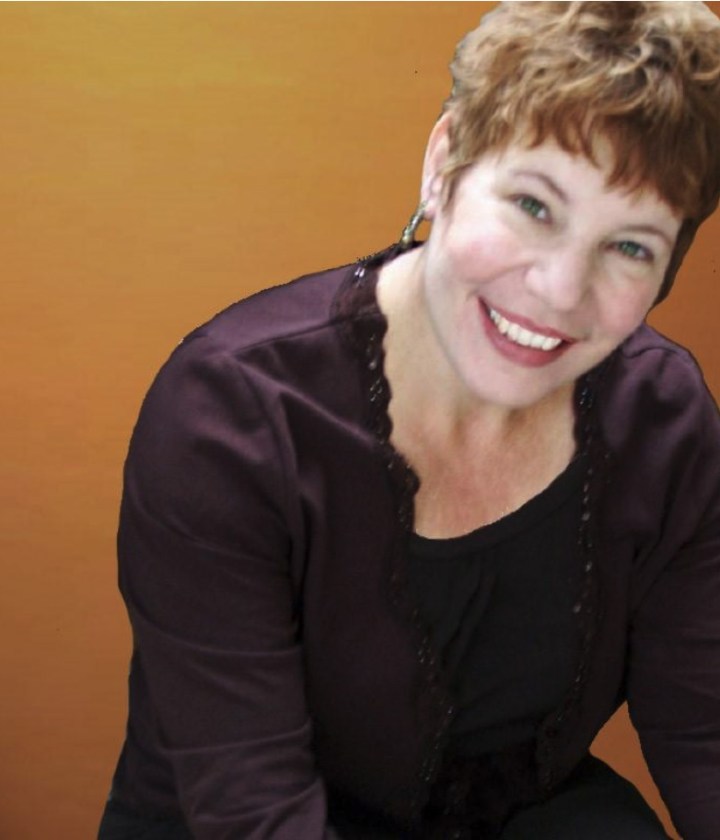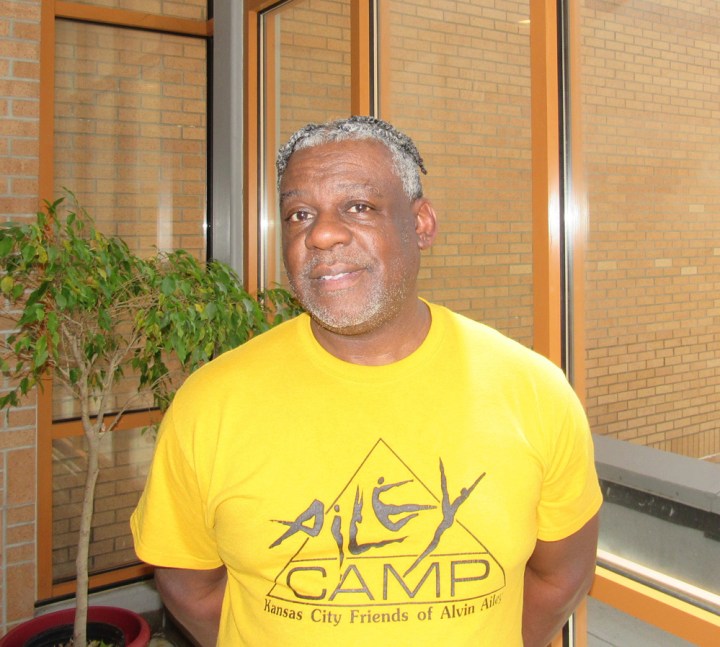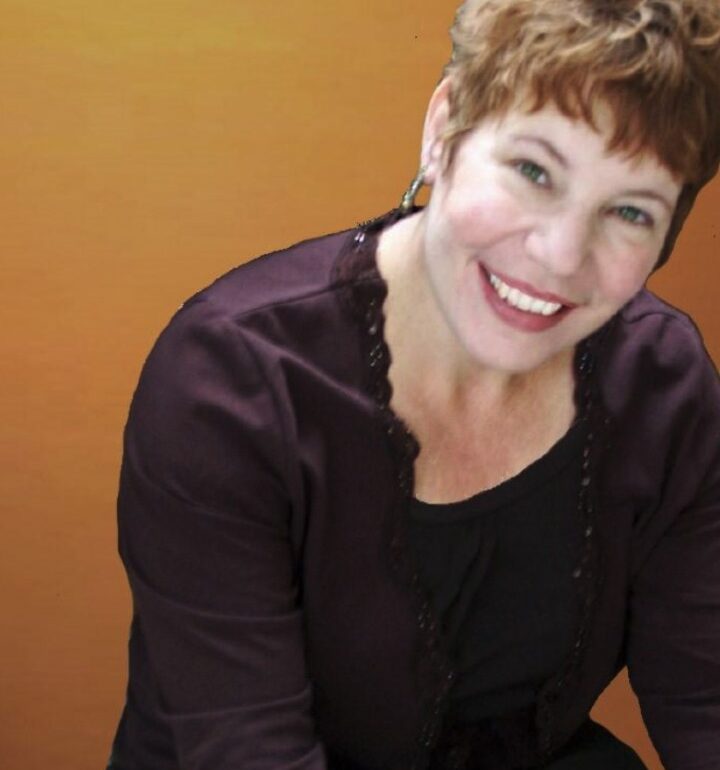Kansas City Repertory Theater Artistic Director Stuart Carden and Executive Director Angela Gieras (photo by Ashley Elwell at Threethree Photography)
Amid ongoing challenges and widening outreach, Kansas City arts venues reflect on the lingering impacts of Covid
The art world is still coming to terms with COVID.
An October 2023 report issued by the National Endowment for the Arts, “New Data Reveal How Adults Participated in the Arts During COVID-19,” said that between July 2021 and July 2022 “just under half of all adults attended in-person arts events, a significant drop from 2017.”
Artists and art patrons had hoped everything would be back to “normal” by the time 2023 neared its end, but that was not the case. Nearly three years after the pandemic’s peak, COVID continues to exact a toll on many arts venues and art makers.
The New York Times reported last August that the Guggenheim Museum bumped the price of an adult admission ticket from $25 to $30, which is “becoming the new normal for major museums.” The Times said Guggenheim membership and attendance had declined while salary expenses and other costs had increased.
Last July a New York Times headline proclaimed that “A Crisis in America’s Theaters Leaves Prestigious Stages Dark.” The article said the pandemic “exacerbated many trends that had long challenged nonprofit theaters, including the steady erosions of subscribers — the loyal audience members who sign up in advance to see most or all of a season’s shows.”
Stuart Carden, artistic director of the Kansas City Repertory Theater, told The Times that “clearly the financial model for most regional theaters is profoundly in trouble.”
Locally, a town hall discussion on the “KC Covid Art Recession: Who thrived, who survived, and who still needs help?” was held last August at the Johnson County Central Resource Library.
“While large nonprofits have been able to recover due to endowments and an expansive donor network, many small nonprofits are still struggling, especially those of the performing arts,” GUILDit, a Kansas City nonprofit that promotes art entrepreneurialism, said in a news release preceding the town hall.

Susana Bruhn, GUILDit’s founder and executive director, told me that “the majority of art nonprofits haven’t been able to find success since COVID. GUILDit itself is still struggling. We were looking to open art studio spaces and develop our first earned revenue. Now we’re reassessing.”
Closures and cutbacks at arts venues sliced into the incomes of artists. “Artists have experienced lost years of income,” said Bruhn, who is a visual artist and poet. “We’re likely not going to be able to compensate for that lost income.”
Some artists have been forced to take full-time jobs in other fields and are “no longer in the arts,” she said.

A Spotty Recovery
Some arts organizations are faring better than others.
“I would venture to say that perhaps the visual arts, such as museums like us, are a bit ahead of performing art institutions,” said Julián Zugazagoitia, director and CEO of The Nelson-Atkins Museum of Art. “It feels like the pandemic and the worst of it, having to close the museum for almost six months, is behind us.”
Zugazagoitia said the Nelson-Atkins has hired replacements for 90 percent of the positions it eliminated in 2020, when it trimmed its staff by 15 percent and reduced its budget by 25 percent, to about $26 million. The museum now has about 300 employees, he said.
“It’s important to know that we didn’t fill many of these positions with the same title, because we used this time to reorganize,” Zugazagoitia said. “In some instances, we merged two positions into one. When we re-opened, the first thing we needed to increase was our guest visitor front-of-line people.”
Nelson-Atkins visitor numbers are nearly 90 percent of where they were before COVID hit and are approaching 600,000 a year, Zugazagotia said.
“My biggest surprise has been an uptick in younger visitors,” he said. “In 2019 our average visitor age was 52, and today it’s 43.” A younger and more diverse mix of visitors “bodes well for the future of the museum,” he said.
Admission to the Nelson-Atkins is still free, but the museum encourages people to reserve their tickets online. “That way we can monitor what are the most crowded times,” Zugazagoitia said.

But COVID continues to gnaw at venues such as the Black Repertory Theater of Kansas City. Damron Russel Armstrong, founder and executive artistic director, said COVID’s lingering impact on his theater and other small nonprofit theaters was akin to “ongoing devastation.”
“There are theaters today still closing because of the effects of COVID,” Armstrong said. “We have become used to the fact that every fall there’s going to be a COVID outbreak. Season subscriptions drop.”
The ongoing impact of COVID also has hampered the Black Repertory Theater’s quest to find a permanent home, Armstrong said.
“A theater home is bigger than just dressing rooms and space to put on shows,” he said. “It’s offices and children’s programming and it might have a restaurant attached to it. We had hoped to establish a home for the Black Rep in the next five to ten years, but that has now been pushed back indefinitely.”
But Armstrong is pushing ahead. “We have to re-engage our old audience while building a new audience,” he said. “Before we started, there was no push for African American arts in Kansas City. This company has built a platform where everybody is invited into the world of Black theater.”
Gaining Traction
Ticket sales for “A Christmas Carol” at the Kansas City Repertory Theater are up about 15 percent from pre-pandemic levels, said Executive Director Angela Gieras.
“I think it speaks to the need for joy and entertainment and a connection,” Gieras said. “Because people couldn’t see it for a couple of years, they are more eager than ever to come and see it and spend their holidays with us.”
But Gieras said KCRep subscriptions are down about 50 percent from pre-COVID times, along with a slight decline in single ticket sales for regular programming.
“We’re still experimenting with how to get audiences to come back at the level of appreciation and loyalty and passion they had prior to the pandemic,” Gieras said. “There are more things competing for people’s attention.”
Gieras said KCRep wants to expand its audience. Through its “KCRep for All” initiative, it is putting on free shows in diverse areas around Kansas City.
“We’re trying to reduce the barriers to entry and make theater matter to more people, with the hope that the next generation in that family will love theater and be coming to the theater,” she said.
City in Motion Dance Theater struggled to get through the pandemic but now is thriving and expanding.

“In 2022, our first full year back, we had higher attendance than we had in the years prior (to COVID),” said Board President Lydia Knopp. “People were hungry for the arts and hungry to support the arts. And we’ve drawn talent from places we’ve never drawn from before.”
Funding from the Health Forward Foundation has enabled City in Motion to offer free “Dance Satellite” classes at the Linwood YMCA/James B. Nutter Sr. Community Center on Kansas City’s East Side.
“Our mission is to expand the circle of Kansas City dance,” Knopp said.
City in Motion’s Youth Dance Theater is back on track after being closed for two years. “There are young kids in our program getting full scholarships,” she said. “It’s really soul satisfying.”
Knopp said City in Motion continues to receive support from the Missouri Arts Council, a longtime funder. And a large grant from the Missouri Department of Economic Development will sustain the City in Motion professional dance company for at least a year and a half.

“We have never had this much financial support, where we’re not worrying month-to-month about the ability to continue,” Knopp said.
Kansas City Friends of Alvin Ailey, which provides dance education and performances, saw its numbers of students and audience members decline from over 20,000 in 2019 to about 5,000 in 2021.
“This year we plan to be up to where we’ve been historically, at about that 20,000 mark,” said Tyrone Aiken, chief artistic officer. “We are having a good year in terms of our reach. We’ve recovered a great deal, but still have some challenges to address.”
Aiken said the challenges include rising costs due to inflation, donors shifting funding to nonprofits focused on basic needs such as food and shelter, and getting people to start attending shows again.
“A lot of what we do is serving at-risk and underserved youth, trying to get them engaged in discovering assets their communities have,” Aiken said.
Meanwhile, Bruhn said GUILDit still hopes it will be able to open studio spaces or an art center in order to earn revenue. “We really need that to stay afloat.”
This post was originally published on this site be sure to check out more of their content








